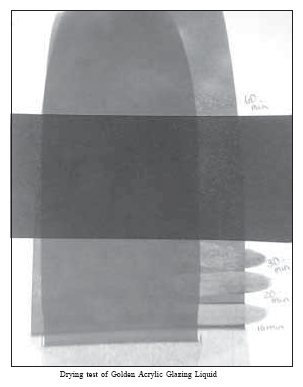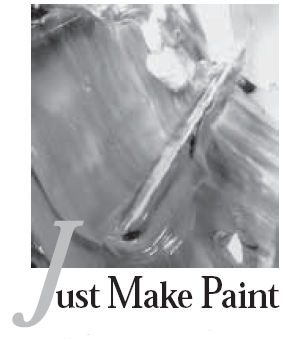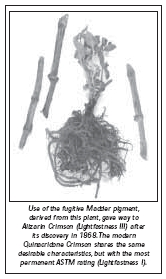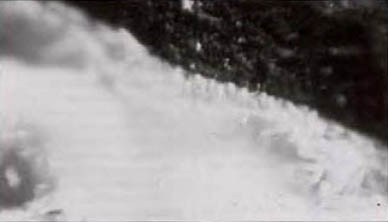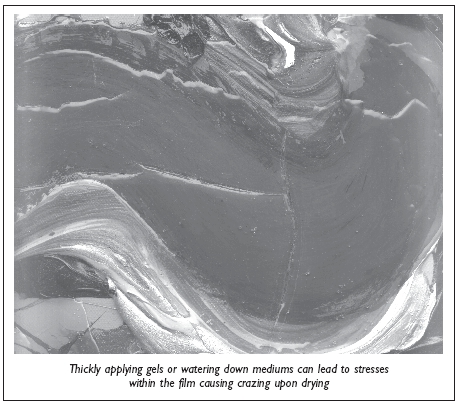GOLDEN Acrylic Glazing Liquid is a 100% acrylic polymer emulsion-based painting medium. Many artists who desire longer working time have enjoyed the benefits of this product. This simple blend of acrylic polymers, water, and retarder is complemented with a perfect combination of leveling and an ability to show brush texture. Acrylic Glazing Liquid allows for … Read more
Home>Acrylics > GOLDEN Acrylic Glazing Liquid
Archive | Acrylics
[NOTE: this is a product announcement from October 2000 – the product was discontinued shortly after its introduction] Panspectra™ Colors are the result of innovative new technology for creating pigments that change color when viewed at different angles. These unique pigments yield bright, metallic finishes that exhibit incredible color shift, covering nearly the entire spectrum … Read more
It may seem peculiar for GOLDEN, a manufacturer of acrylic paint products for artists, to feature a Do-It-Yourself Paint (DIY) segment in the JUST PAINT newsletter. However, it makes sense. Our Technical Department frequently receives calls from artists looking for tips for either making or modifying their existing paint. To assist those people, this issue … Read more
Alizarin Crimson (PR 83:1, ASTM III) Alizarin Crimson was created in 1868 by the German chemists, Grabe and Lieberman, as a more lightfast substitute to Genuine Rose Madder. This was accomplished by isolating part of the madder root colorant, 1,2 dihydroxyanthraquinone (Alizarin), from the more fugitive 1,2,4 trihydrozyanthraquinone (Purpurin). This is historically significant as it represents … Read more
Below are mixing ratios for historically important colors and some recently discontinued GOLDEN colors. We have tried to duplicate each hue as closely as possible, however, pigments often have unique attributes which make exact color matching impossible. When using this guide bear in mind which characteristics are important for your application, such as chroma, opacity/translucency, … Read more
Artists are often asking why our product is called “Molding Paste” while everyone else’s is called “Modeling Paste”, and is there any difference? First, I have no idea why the product was called Molding Paste. It can be placed in a mold, but it wasn’t particularly developed for that purpose. Molding Paste is what Sam … Read more
Pigment is the very essence of paint. Regardless of the vehicle that is used to adhere it to the substrate, pigment selection is based on one simple criterion. The colorant must be the right hue. Once that factor is met, the artist can compare it to other available pigments of a like hue, and determine … Read more
Nearly 300 responses to Just Paint 4’s Gesso Survey for ASTM Subcommitee on Artist Materials! Many of the artists who took the time to complete and return the Gesso Survey we ran in Just Paint, Issue 4 also used that opportunity to ask questions and make comments about our products, Just Paint, etc. There was … Read more
EDITOR’S NOTE (4/26/23): Please note that Polymer Varnish has been discontinued and replaced with Gloss Waterborne Varnish. You can read more about it here. As with any surface around the home, office, or especially, in a public place, paintings become a depository for airborne dust. They can also get touched occasionally, either inadvertently or purposefully, and may … Read more
Although acrylic paint tends to dry quickly, several techniques and additives can extend wet time. This Information Sheet discusses how acrylic paints cure and describes how that process can be controlled and manipulated to an artist’s advantage. The Acrylic Drying Process Water is Forced Out by Capillary Action: Acrylics dry as the vehicle that … Read more

